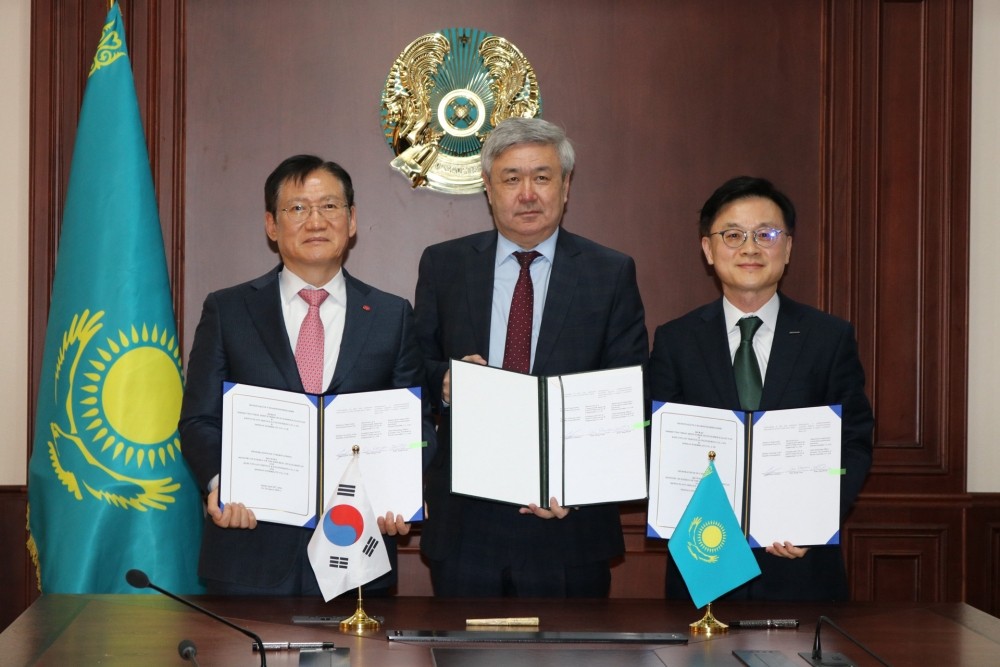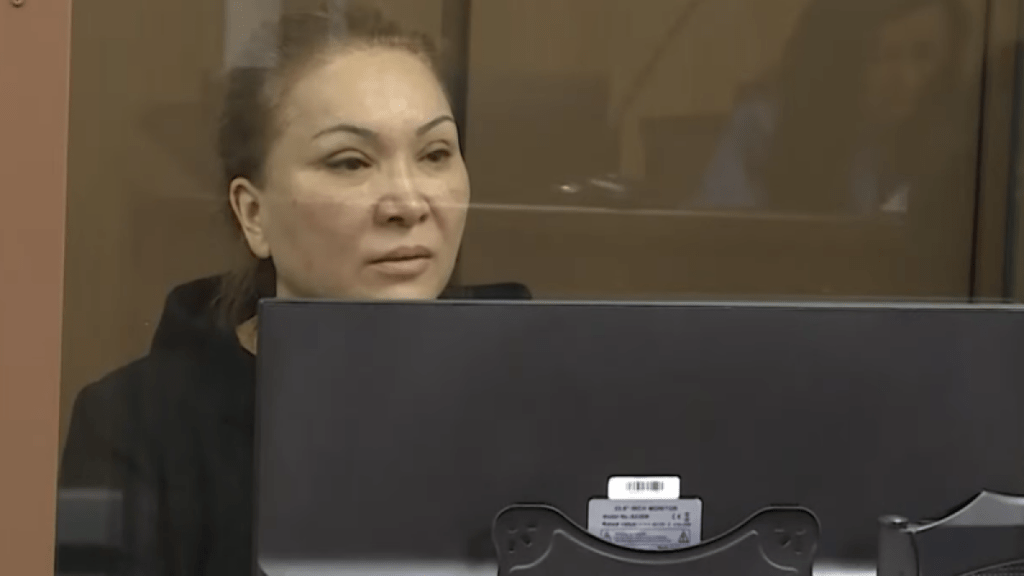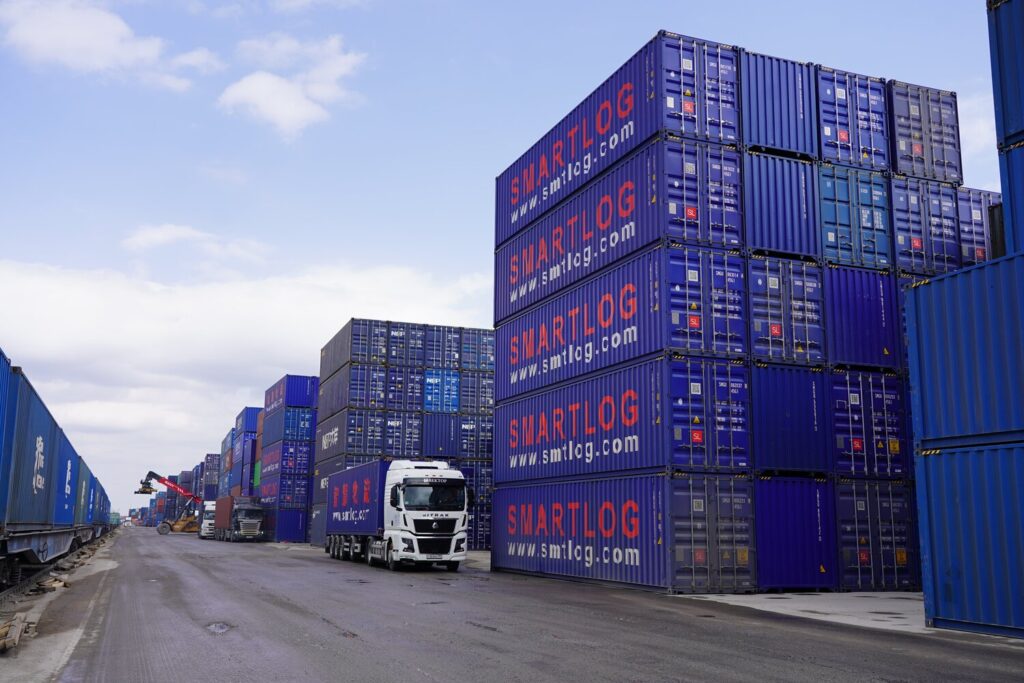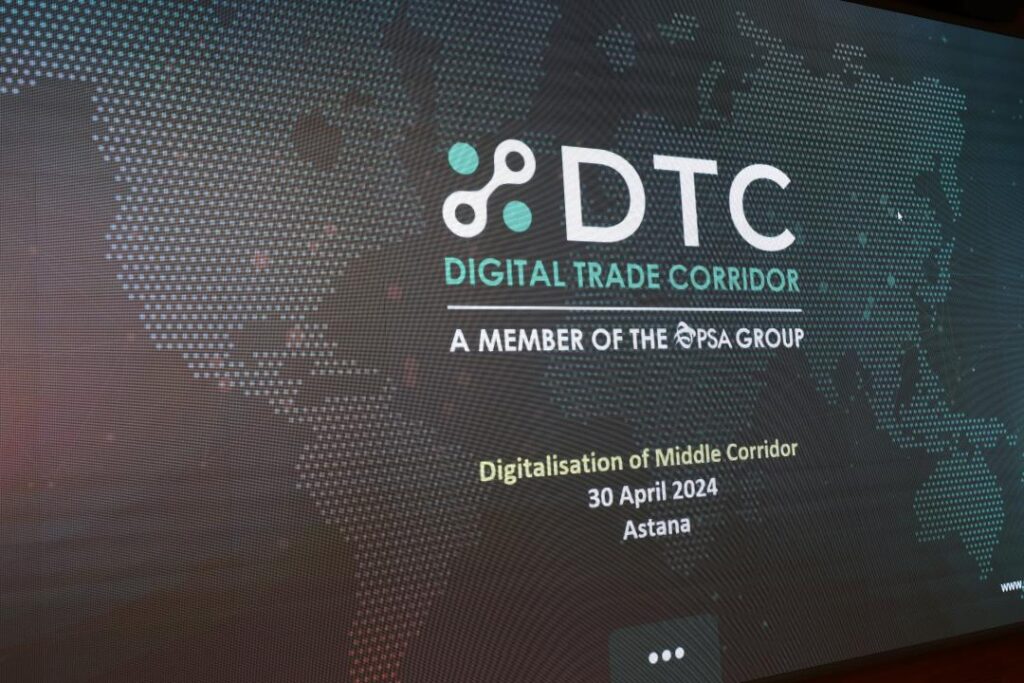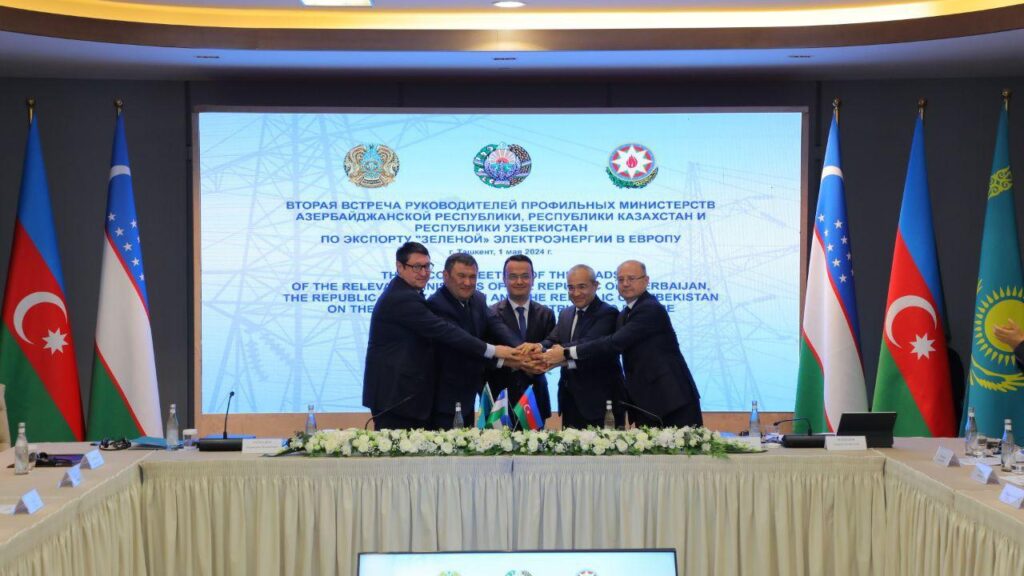Viewing results 1 - 6 of 2155
At the end of April, a Memorandum of Understanding was signed by the Ministry of Energy of Kazakhstan, KEPCO and Doosan Enerbility regarding the South Korean companies’ investment in modernizing Kazakhstan’s GRES Topar power plant and power plants in Astana, Almaty, and Pavlodar. Kazakh Invest welcomed the Korean partners’ pledge to provide innovative environmental solutions to increase the plants’ productivity. In support of the initiative, Kim Jung-Kwan, Senior Vice President of Doosan Enerbility, commented, "The environmental solutions of KEPCO and Doosan Enerbility are optimal for the government of Kazakhstan, which seeks to reduce the level of air pollution in the country. After signing this memorandum, we will work together to contribute to the development of environmentally friendly energy projects in Kazakhstan.”
Kazakhstan's Ministry of Digital Development says that work has been completed on an interface station for the OneWeb non-geostationary communication network at the Kokterek Space Services Center. Officials expect to achieve technical readiness to provide commercial services this year. Work is also continuing on infrastructure at the Spacecraft Assembly and Test Complex in Astana. A project to build a constellation of medium-resolution satellites for remote sensing of the Earth has also been launched, with plans to replace the current KazEOSat-2. This new equipment will be used in various fields, including agriculture, emergency management and sustainable use of natural resources. EutelSat OneWeb is a unit of the EutelSat Group that provides broadband internet access using low Earth orbit (LEO) satellites. It was founded in 2012. At different times, Airbus, Qualcomm, Virgin Group and others have acted as investors in the company. In the spring of 2020, OneWeb filed for bankruptcy because it failed to agree with Japan's Softbank on a round of financing totaling $2 billion. Later, the company was saved by the British government, India's Bharti Global and EutelSat, before the latter company merged with OneWeb in September of 2023. It has been reported that villages in Kazakhstan have gained access to satellite internet from Starlink, one of Elon Musk's companies. Over 170 rural settlements are connected to the KazSat network, which provides broadband access to more than 17,000 people. The initiator of the joint project, minister of digital development Bagdat Musin, was fired on April 30 amid a scandal involving the leak of personal data of Kazakh citizens.
The Anti-Corruption Service of Kazakhstan has completed its investigation into the criminal case against Gulmira Satybaldy - the ex-wife of Kairat Satybaldy - nephew of former President of Kazakhstan, Nursultan Nazarbayev. Ms. Satybaldy is accused of illegal imprisonment, extortion on a large scale, and arbitrariness which led to grave consequences. The criminal case was transferred to a specialized court in Almaty. According to law enforcement agencies, other information is not subject to disclosure at this juncture. Gulmira Satybaldy was originally detained by the anti-corruption service on March 16, 2022, accused of abductions and aiding the commission of a crime. A year ago this month, she was sentenced to seven years, but has since been incriminated in further crimes. Gulmira Satybaldy's ex-husband, Kairat, was convicted of abuse of power and embezzlement of funds from the state company, Kazakhtelecom. According to official data, since 2022 he has repatriated more than 700 billion tenge ($1.58 billion) worth of illegal assets to the state.
Kazakhstan’s national railways company Kazakhstan Temir Zholy (KTZ), Russia’s Slavtrans-Service JSC, and China’s Xian Free Trade Port Construction and Operation Co., Ltd have begun construction on a new transport and logistics center, CRK Terminal, at Selyatino station in the Moscow region. The new logistics hub is designed to develop direct transport links between the Kazakh-Chinese terminal in Xi'an (China), Russia and other countries. In 2023 the volume of cargo transported by rail between China and Russia through Kazakhstan amounted to 3.8 million tons, an increase of 35% compared to 2022. In the first quarter of 2024, transit traffic along the China-Russia-China route remained at a stable 0.9 million tons.
On 30 April , Singaporean company Global DTC gave a presentation of multimodal platforms Digital Trade Corridor and Tez Customs at Kazakhstan’s Ministry of Transport. The demonstration reiterated benefits afforded by digitalization in ensuring transparency and high-speed transit of goods through Kazakhstan along the Trans-Caspian International Transport Route (TITR) connecting China and Europe through Central Asia and the Caucasus. The DTC platform, and particularly its Track & Trace service, allows shippers to track the location of cargo and its customs status online, as well as update information on transport documents along the entire route. Work on the technical integration for Track & Trace in Kazakhstan and Azerbaijan has now been completed, and its integration in Georgia is ongoing. Negotiations are also underway with Chinese and European partners. The introduction of the Tez Customs platform, by offering automated, paperless customs transit clearance, registration and electronic transit declaration, has reduced processing to just 30 minutes. During the first quarter of this year, cargo traffic along the TITR increased by 33% compared to the same period last year.
On 1 May , Azerbaijan, Kazakhstan, and Uzbekistan’s ministers of energy gathered in Tashkent to sign a memorandum of cooperation aimed at connecting their countries’ energy systems. The focus of the initiative is to explore means of connecting energy systems via a high-voltage cable embedded in the Caspian Sea to enable further export of green energy from Azerbaijan, Kazakhstan, and Uzbekistan to European Union countries. Referencing the parties’ earlier draft technical specification for the deep-sea cable, Kazakhstan’s Minister of Energy Almasadam Satkaliev stated, “A proposed business model will be prepared for the development of international transmission corridors - financing, revenue, ownership - and the sale of green energy to European Union countries.” Meanwhile, Asiaplustj.info reports that Tajikistan is still not being envisioned as a part of the system. As that publication notes, Uzbekistan's energy system currently operates in parallel with the energy systems of Kyrgyzstan and Kazakhstan within the framework of the United Energy System of Central Asia (UES CA), which was created under the Soviet Union. This system was abandoned by Turkmenistan in 2003 because Uzbekistan refused to allow transit of Turkmen-produced electricity through its infrastructure. "In November 2009, after a major accident in Tajikistan's energy system, Uzbekistan unilaterally left the UES CA, which automatically left Tajikistan out of this system as well. In 2018, Uzbekistan restored parallel operation within the regional system. Since 2019, with financial support from the Asian Development Bank, work has been underway to bring Tajikistan back into the unified energy ring of Central Asia. The Ministry of Energy of Tajikistan last summer reported on its intentions... to join the regional system by the end of 2023. but this has not happened so far," the report noted.


